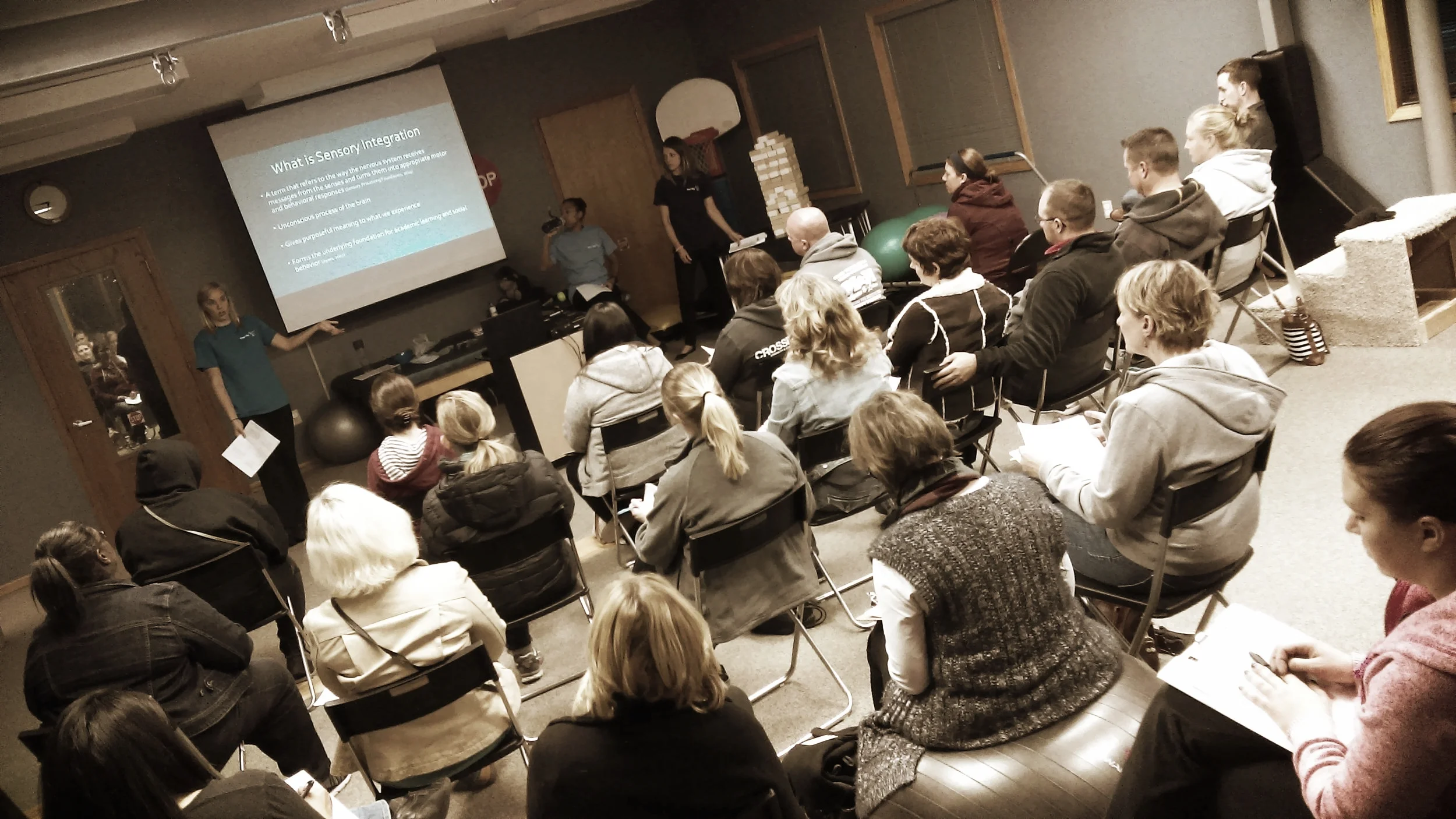Unexpected Impacts on Reading
/This week we are passing along some valuable information about how our eyes work and how the ability to recognize and use word sounds can impact reading difficulties (Callu et. al, 2005). Smooth pursuit eye movements are the ability of our eyes to track an object. So in reading, that means that our eyes smoothly move from left to right, reading each word and not skipping letters or words. Phonological skills are the ability to manipulate sounds and words or “play” with them. For example, kids should be able to rhyme and tell you the sounds in the word "honey". This research found that children with poor smooth pursuits were more likely to have phonological deficits, and that both skills were correlated with reading difficulties.
Smooth pursuits and phonological awareness are a large part of being able to read accurately and understand the words we read. But when a child is reading and only focusing on the words, they can't create meaning. Without this, they also aren't able to create a visual picture, which helps with working memory and comprehension while reading. There are so many skills required to read! Its no wonder so many have a hard time.
What's interesting is that challenges with visual skills are being seen more frequently in children these days. Why is that? Well vision skills are developed throughout childhood and are best supported by outdoor play and manipulation of real objects. With screen time being more prevalent in schools and at home, this usually means limited outdoor and real play. Because of this, vision skills have less of a chance of being strengthened and can impact reading.
If you are noticing concerns with your child’s reading, they may benefit from an occupational therapy evaluation to assess their functional visual skills and/or a speech evaluation to assess their phonological skills.
References
Callu, D., Giannopulu, I., Escolano,S., Cusin, F., Jacquier-Roux, M., Dellatolas, G. (2005). Smooth pursuit eye movements are associated with phonological awareness in preschool children. Elsevier: Brain and cognition, 58, 217-225. doi:10.1016/j.bandc.2004.11.008

